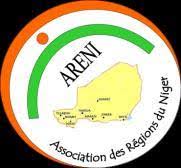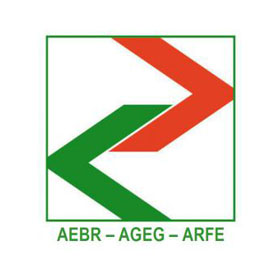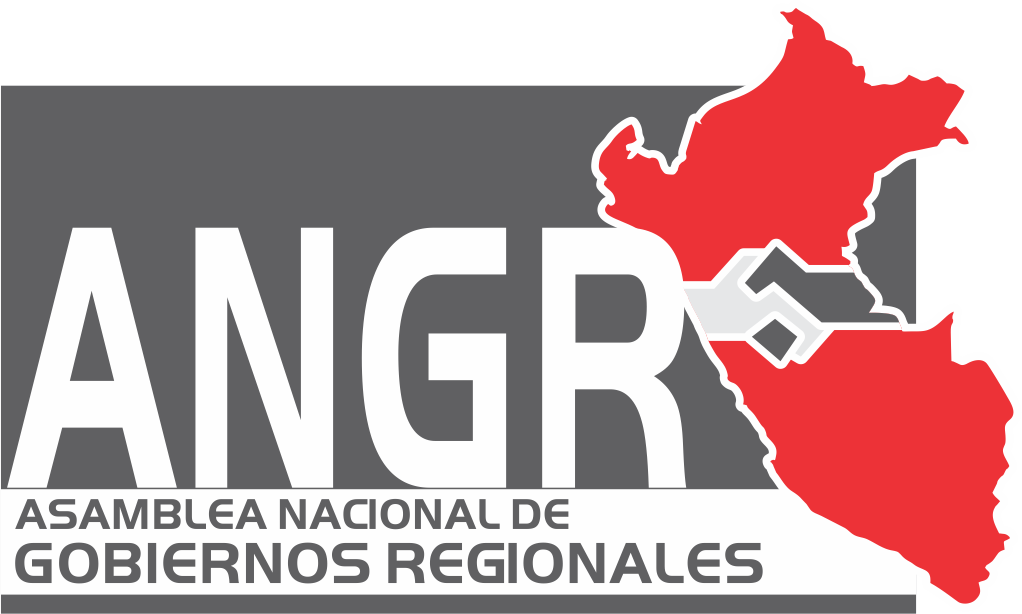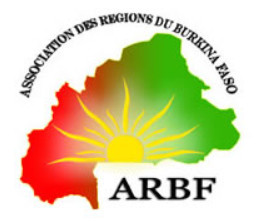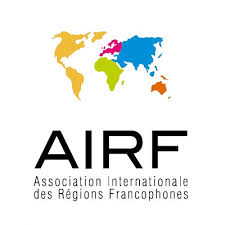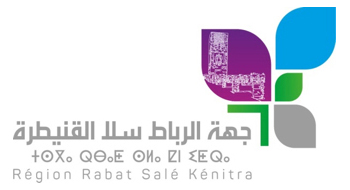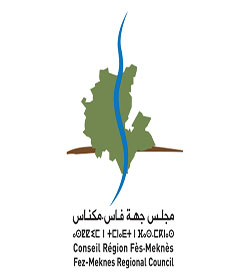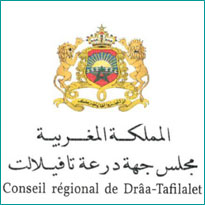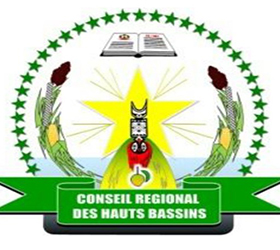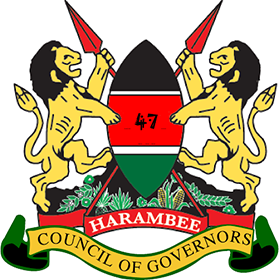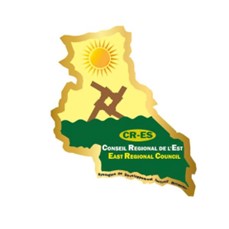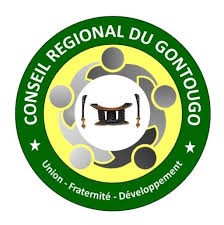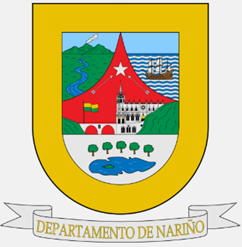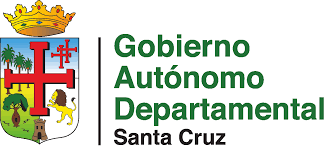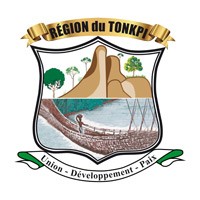The regions view the Paris agreement on Climate Change as historic

The regions and the environmental regional networks have unanimously welcomed the agreement on climate change reached in Paris on the 12th December. Nrg4SD found that the global compact made by 196 states, seeking to limit temperature rise to less than 2ºC, represents a turning point in global climate governance. This network stressed the recognition and the multiple references to the regional governments in the articles of the agreement.
The organisers of the World Summit Climate & Territories also welcomed the agreement and pointed it out as a historic moment and as one of the greatest achievements of the international community in recent years. R-20 congratulated all participants, with a special mention to Christiana Figueras, the Costa Rican who has acted as Executive Secretary of the UN Framework Convention on Climate Change (UNFCCC). The founding President of R-20, the former Governor of California Arnold Schwarzenegger, extended his compliments to the French President François Hollande, to his Chancellor and president of the Conference, Laurent Fabius and to the UN Secretary-General, Ban Ki-Moon.
The Climate Group, for its part, noted that the agreement was aimed at a clean industrial revolution. Its spokesperson, Mark Kenber, pointed out that the agreement draws a clear roadmap for politicians, businessmen and investors towards a low-carbon economy. Regarding the role of intermediate governments, Kenber explained how from now on regions canhave a leading role in the implementation of policies faster and ensure a new and intelligent energy transition.
ORU’s President, Paúl Carrasco, described the COP21 agreement as a “great political achievement, which Paris deserved. From the regions point of view, we have won recognition. This is undoubtedly due to the great work carried out by nrg4SD, The Climate Group and R-20, as well as to the pressure made by some French regions to their Government. ORU Fogar, continuing its strategy of supporting the environmental regional networks, will do its utmost to promote the implementation and adaptation of regional policies for combating climate change”.
All these appraisals are in line with those of Ban Ki-moon in the closing ceremony, when he stated that the agreement reached on the 12th of December will go down in history for its scope and for being a huge victory for the peoples and the planet. He added that solid results have been achieved in all main points. "The agreement is ambitious, flexible, credible and long-lasting. Having recognised the risks and serious consequences of global warming, all countries have agreed to maintain global warming below 1.5º C, which is very important for the small island states and the least-developed countries. The voices of the most vulnerable have been heard", he said. He added that the Governments have committed to conclude a solid legally-binding agreement, which advocates for transparency with the setting up of review mechanisms that from 2018 will allow the parties to assess their progress with respect to the objectives set. To implement the agreement, the countries took some decisions regarding mitigation, adaptation, losses and damages, funding, development and transfer of technology. The Paris agreement willl be formally signed on the 22nd April 2016 in the UN headquarters.
The regions in the text
The text of the agreement contains multiple references to the regional governments and federal states, often called “subnational” actors. Paragraph 74 in particular mentions the need to foster cooperation taking into account the regions and to strengthen the latest in their fight against climate change. Chapter V recognises the efforts made by non-state actors, namely civil society and local and regional governments. Even the efforts of “local and indigenous communities” are recognised. At this point, all actors are invited to register their initiatives in the UN platform called Nazca. Article 7 states: “The Parties acknowledge that adaptation is a world challenge incumbent up all parties: local, subnational, national, regional and international dimensions”.




